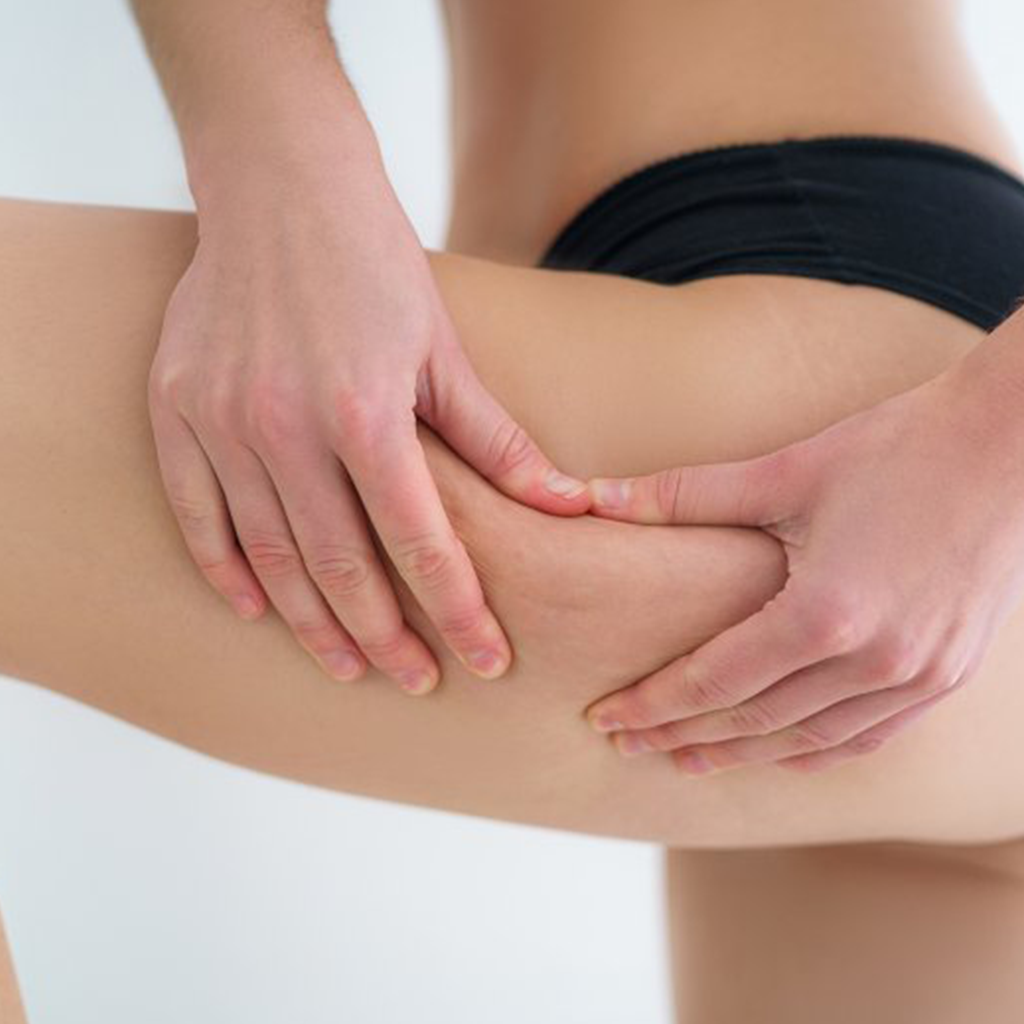What is carboxytherapy, the famous cellulite treatment?

Publication date: 03-02-2023
Updated on: 28-04-2023
Topic: Dermatology
Estimated reading time: 1 min
Carboxytherapy is a medical treatment that originated many years ago in angiology practice with the aim of improving oxygenation of tissues compromised by poor arterial circulation. It is a minimally invasive, well-tolerated therapy with noticeable results, now also successfully used in the treatment of cellulite.
We discuss it with Dr. Dossena, a vascular surgeon and aesthetic medicine expert at the Vein & Derma Clinic at the Istituto di Cura Città di Pavia.
What it is about?
As the name implies, carboxytherapy uses the injection of carbon dioxide under the skin to:
- improve the process of tissue oxygenation;
- promote blood circulation and elimination of waste products of tissue metabolism (so-called catabolites that, if not drained from the tissues, can be harmful and toxic).
Its use began almost a century ago to treat ischemic lower limbs in patients with arteriopathy obliterans, which is the progressive reduction in caliber up to occlusion of the arteries that carry oxygenated blood to the extremities.
"In clinical practice," the specialist explains, "it was observed over time that vascular suffering of venous and lymphatic origin also benefited from this therapy. Hence, its use has been extended to chronic venous insufficiency of the lower extremities, treatment of ulcers, lymphedema, and microcirculation disorders such as edematous-fibro-sclerotic panniculopathy, better known as cellulite.
Aesthetic medicine has been extending it to other body areas in recent years, because other properties, such as improving skin firmness and counteracting aging, have been highlighted."
How the treatment is performed?
Carboxytherapy is performed through a medical device that, through subcutaneous micro-injections of carbon dioxide at body temperature, distributes that gas to the tissues, resulting in a dual benefit:
- increased skin firmness and turgor, with a "tensor" effect: through the microtrauma of the needle penetrating the skin, small reparative reactions of the skin are triggered, which over time improve the appearance of the skin;
- improving oxygenation of the subcutaneous tissue, promoting the elimination of waste products of cellular metabolism and inducing a lipolytic and draining effect due to the carbon dioxide injected into the subcutis.
"After a careful specialist examination," Dr. Dossena explains, "the doctor will set the therapy depending on the issue to be treated. This typically ranges from a minimum of 6 to a maximum of 10 sessions per cycle. Multiple cycles per year can be done, if necessary."
At the Vein & Derma Clinic, state-of-the-art equipment is used, which allows the speed of the delivered flow to be adjusted with great precision and the gas to be heated, making the treatment much more tolerable than with the equipment of the past.
Purpose
There are many fields of application of this method, as mentioned above. Carboxytherapy is suitable for all those body areas that need help to look firmer and more toned, without those much-feared and unaccepted blemishes due to fat accumulation. PEFS or cellulite is an inflammatory disease caused by inadequate microcirculation at the level of adipose tissue; more than 30 percent of the female population suffers from it, which is why women are motivated to find effective solutions to combat this blemish.
"It is an anti-aging treatment used to fight skin aging and tighten the skin. Not only to fight cellulite on legs, arms, abdomen, and buttocks, but also to make the skin on the décolleté, neck, or face look younger.
However, it remains one of the most widely used treatments to combat cellulite in the early stages on legs, buttocks and culotte de cheval," Dr. Dossena continues. "In more advanced stages, the best results are obtained in combination with other machines available in our center, such as ultrasound radiofrequency, medical pressotherapy, HIFEM for muscle firming, and cryolipolysis.”
In what part of the body can it be performed?
The scope of carboxytherapy is quite broad: it depends on the therapeutic indication. All body areas can be treated.
"As mentioned earlier, injections can be given at the level of the lower limbs: from the thighs down to and including the ankles, which can sometimes be of increased volume and give an ill-proportioned appearance to the leg. The following can also be treated effectively:
- buttocks,
- hips,
- abdomen,
- arms.
Being also indicated on the décolleté, neck and face, this therapy can give skin elasticity with an antiaging effect. It is also used to improve scars and stretch marks by making the skin look more even."
Possible side effects
There are few side effects. A burning sensation may accompany the administration of carbon dioxide for a few minutes. Small hematomas may sometimes be evident at the injection site, which resolve spontaneously within a few days.
Contraindications to the treatment
Contraindications include:
- pregnancy,
- presence of severe heart disease,
- chronic respiratory failure,
- renal and hepatic insufficiency, carbon dioxide being mainly eliminated from the body through these organs.
Always remember that the medical examination is a prerequisite for the correct indication for the use of this method.
